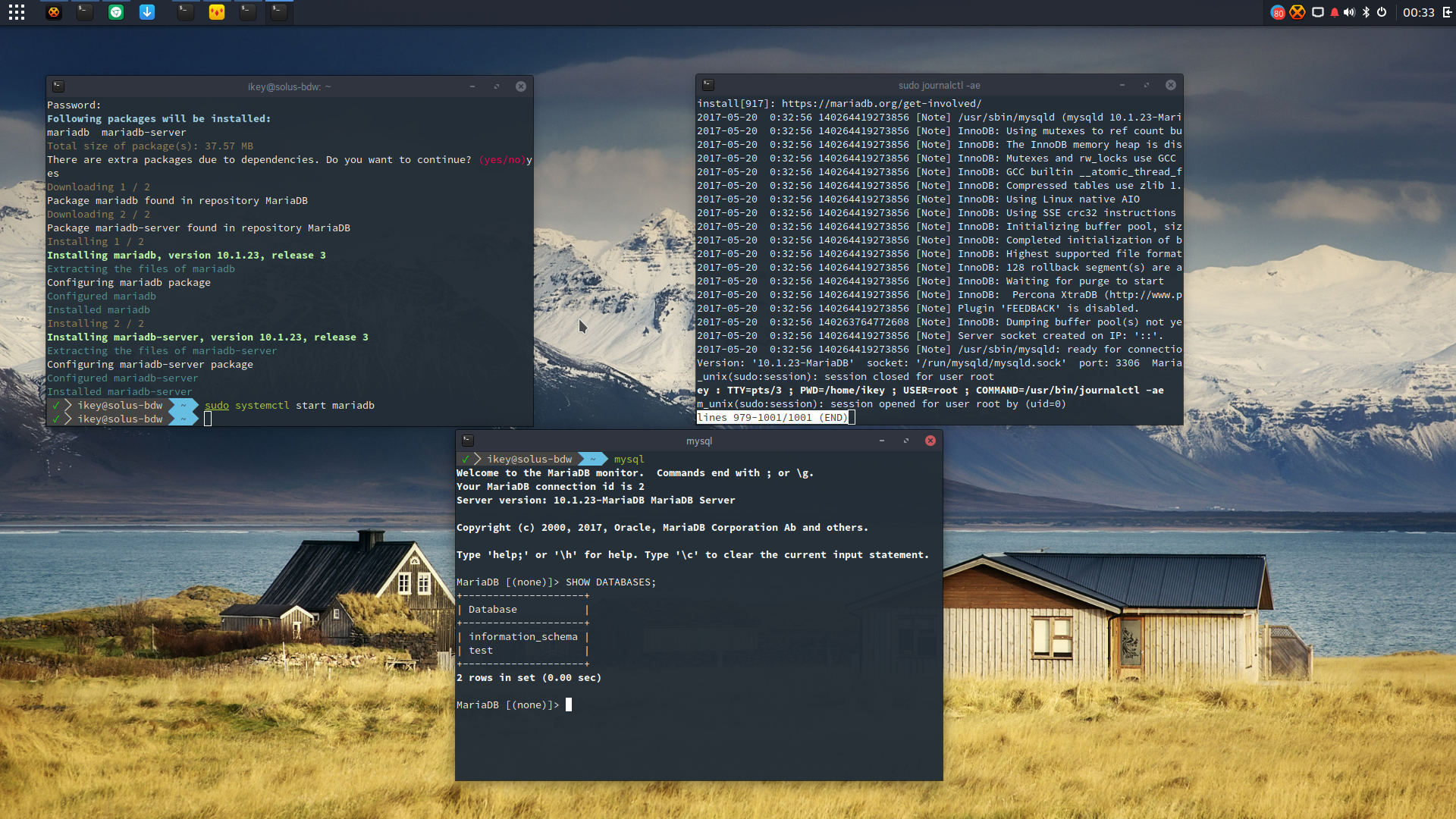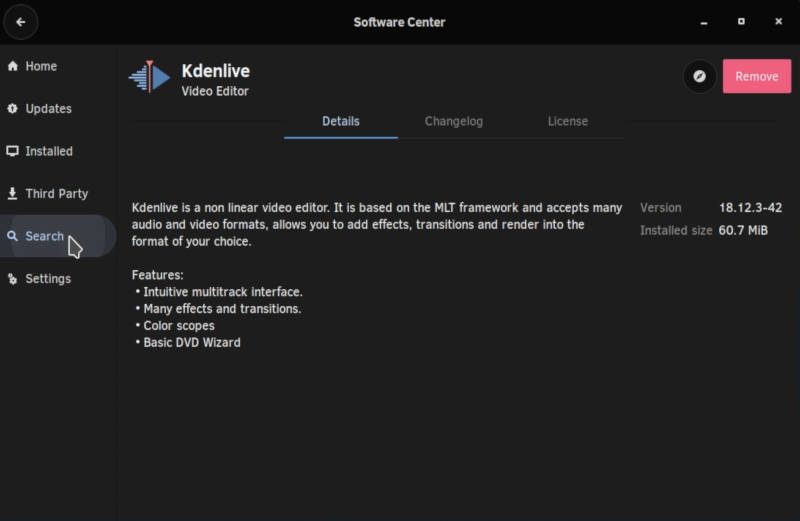

- #Solus linux backblaze backup how to
- #Solus linux backblaze backup password
- #Solus linux backblaze backup download
Now its time to add in folders, files, or directories we want to this project to backup. From this menu, we will configure our backup "project".

Press "New" at the top left of the application.

#Solus linux backblaze backup download
Go ahead and download the qBackup client for your respective machine from its website.Īfter installation and first launch, you will see an empty qBackup client ready for setup.ġ. Your B2 bucket is now created and ready to be used with qBackup. You will need to set up a new App Keys for your client. IMPORTANT: If you lose the App Keys, the values are not recoverable. Once you close this window, the current Application Key will not display again and you will need both of these values to set up your qBackup application. When you have the Key ID and the Application Key, be sure to copy them and keep both of these in a safe location. You can then enter a Name for the key and click on the button that says "Create New Key".ĥ. You will need these to setup B2 within qBackup. Click on App Keys and then click on the link that reads 'Add A New Application Key’.Ĥ. You can now retrieve your Application Key and Key ID. Create a Bucket for your qBackup backups.ģ. Select "Buckets" on the side menu listed under "B2 Cloud Storage"Ģ. Setup Your Backblaze B2 Account & Bucket If you haven’t created your account with Backblaze already, create an account here 1.
#Solus linux backblaze backup how to
The following guide explains how to set up qBackup on your computer. With Backblaze B2 and qBackup, you can set up projects that allow you to run backups of your data in an effort to secure them offsite. If you have to stop the container during the initial backup the backup will continue where it left once the container is started again.īackblaze is now configured to automatically backup your linux files, to check the progress or change settings use the VNC Server.Welcome to the Backblaze guide for qBackup! qBackup is a fast and lightweight backup application compatible with Mac, Windows, and Linux. When the analysis is complete make shoure the client performs the initial backup (this should happen automatically).ĭepending on the number and size of the files you want to back up and your upload speed, this will take quite some time. You can dis- and reconnect from and to the VNC server at any time, this will not affect the Backblaze client. Once you hit "Ok" or "Apply" the client will start scanning your drives again, this might take a very long time depending on the number of files you mounted under the /data/ dir, just be patient and leave the container running. I'd also reccommend to remove the blacklisted file extensions from the "Exclusions" tab. You can also set a better name for your backup here, by default the rather obscure container id is used. To change that click the Settings button and check the box for the "D:" drive, this drive corresponds to the /data/ directory of your container. You will notice that currently only around 10 files are backed up. Once the Installer is finished the backblaze client should open automatically.
#Solus linux backblaze backup password
Just enter your backblaze account email into the white box and hit enter, then the you should see the rest of the ui.Įnter your password and hit "Install", the installer will start scanning your drive. The installer might look a bit weird (all white) at the very beginning. When you only see a black screen once you are connected press alt-tab to activate the installer window. When starting the container for the first time, it will automatically initialize a new Wine prefix and download & run the backblaze installer. To go through the setup process you must connect to the integrated vnc server via a client like RealVNC Client. The noVNC only serves a HTTP connection by default, please make sure to configure your firewall to only allow local connections in that case.įirewall-cmd -permanent -add-rich-rule "rule family="ipv4" source address="192.168.178.0/24" port port="25900" protocol="tcp" accept" # This part is important, don't forget it! You may use any port here (e.g.: if you have a reverse proxy) 80:8081 # Exposes the client to http port 80. REMOTE_HOST=backblaze-personal-wine # This must be the container_name of the backblaze-personal-wine container my/important/spreadsheets:/data/spreadsheets my/important/photos:/data/photos # All directories that should be backed up should be mounted under the "/data/" directory opt/docker/backblaze-personal-wine:/wine/ # The location to store the backblaze Wine prefix in


 0 kommentar(er)
0 kommentar(er)
